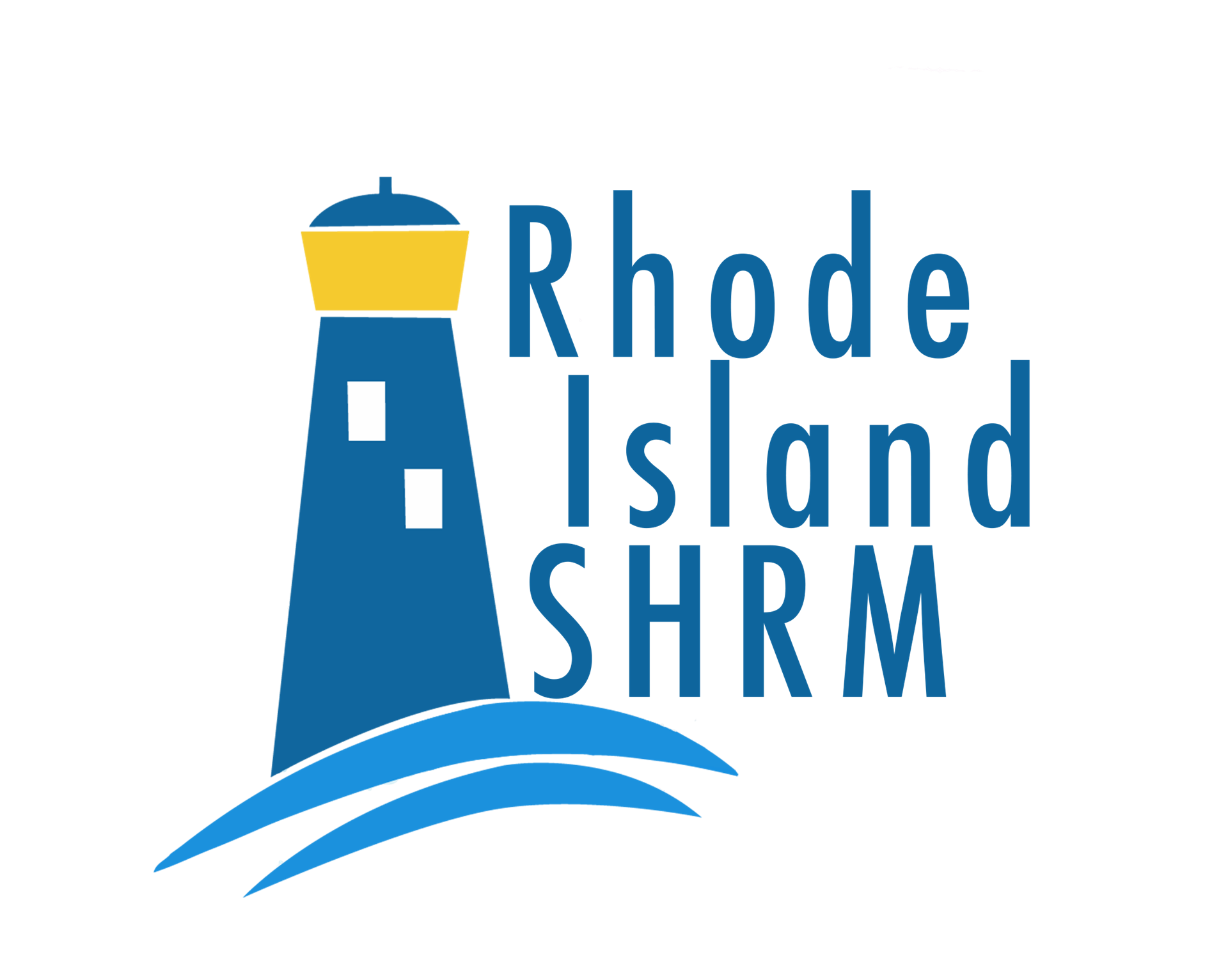Workforce Development
RI SHRM's Workforce Development is dedicated to enhancing the competencies, knowledge content, and workforce preparedness of RI SHRM members and the business community.
It is the goal of RI SHRM's Workforce Development to serve its stakeholders and the RI SHRM Community in meeting its training and development needs and enhance the workforce readiness of RI SHRM's members.
| Building Rhode Island’s Workforce Through Business
|
| HR Registered Apprenticeship ProgramAdditional avenues to find HR talent are always needed. As is the case with many occupations, employers say that, despite high levels of unemployment, they can’t find people with the right HR skills and are always looking to increase workforce diversity. To address these needs, the SHRM Foundation has developed the Human Resource Registered Apprenticeship Program (HR RAP). READ MORE > |
| Be Ready for the Future
Every day, businesses miss out on talented people because their gifts, aptitude and skills aren't as easy to identify as a degree on a resume. HR leaders must step up to make all learning paths count in assessing whether a person can thrive in a job. To widen pathways to work, employers need the tools and training to assess a prospective worker's full set of competencies, gifts and skills, including and beyond those conferred by traditional education degrees. READ MORE >Also, learn more about SHRM Certification and Recertification. |
| The Business Case for Hiring Veterans and Military SpousesThrough the Veterans at Work initiative, SHRM Foundation works directly with HR professionals, people managers, and business leaders to break down barriers from within the hiring process and improve supports for veterans, military families, and caregivers throughout the employment lifecycle. READ MORE > |
| Building Better OpportunitiesFor People with Criminal RecordsSHRM Foundation’s Getting Talent Back to Work initiative is leading the way to reduce barriers and build bridges to employment for people with criminal records, believing strongly in the power of HR in building diverse and inclusive workplaces that deliver value to people and business. In this hub, HR professionals and employers can find all the resources, tools, and case studies needed to attract, hire, and retain people with criminal records. READ MORE > |
| Gary Convertino, Ed.D., MBA, SHRM-CP/PHR, CPC, |







